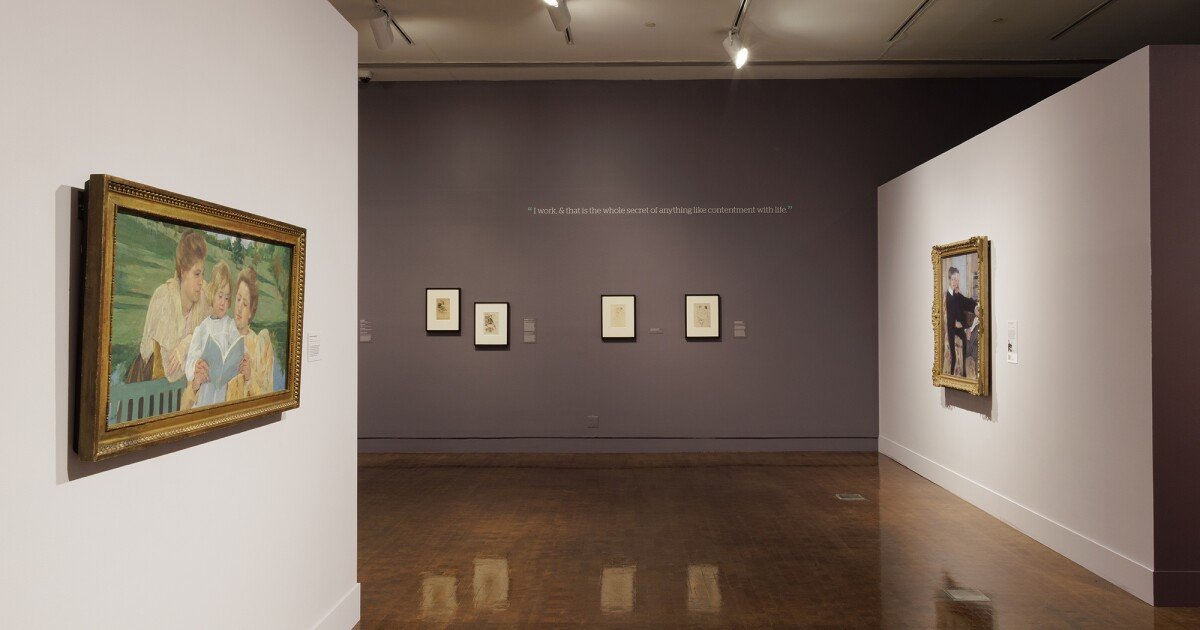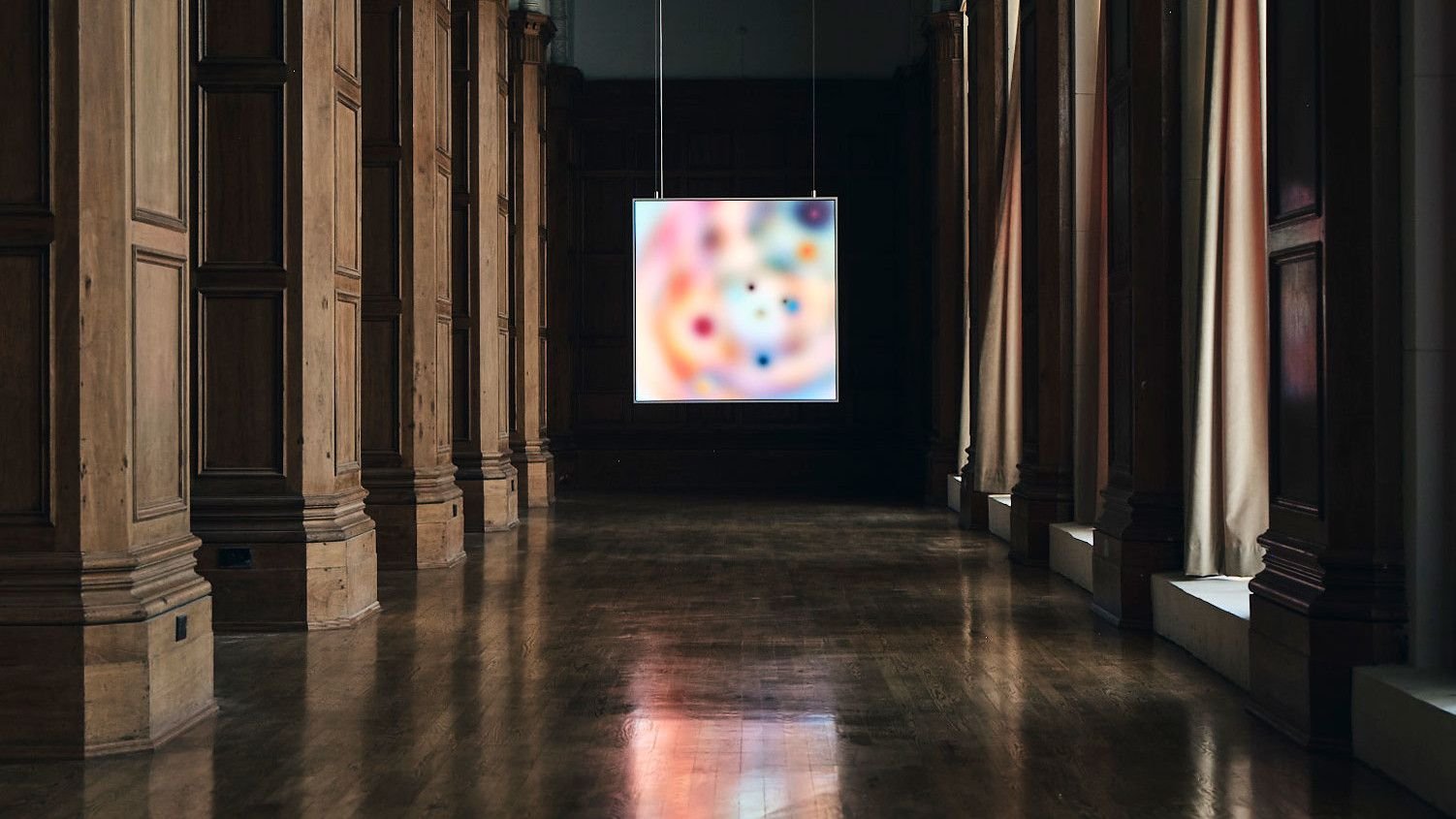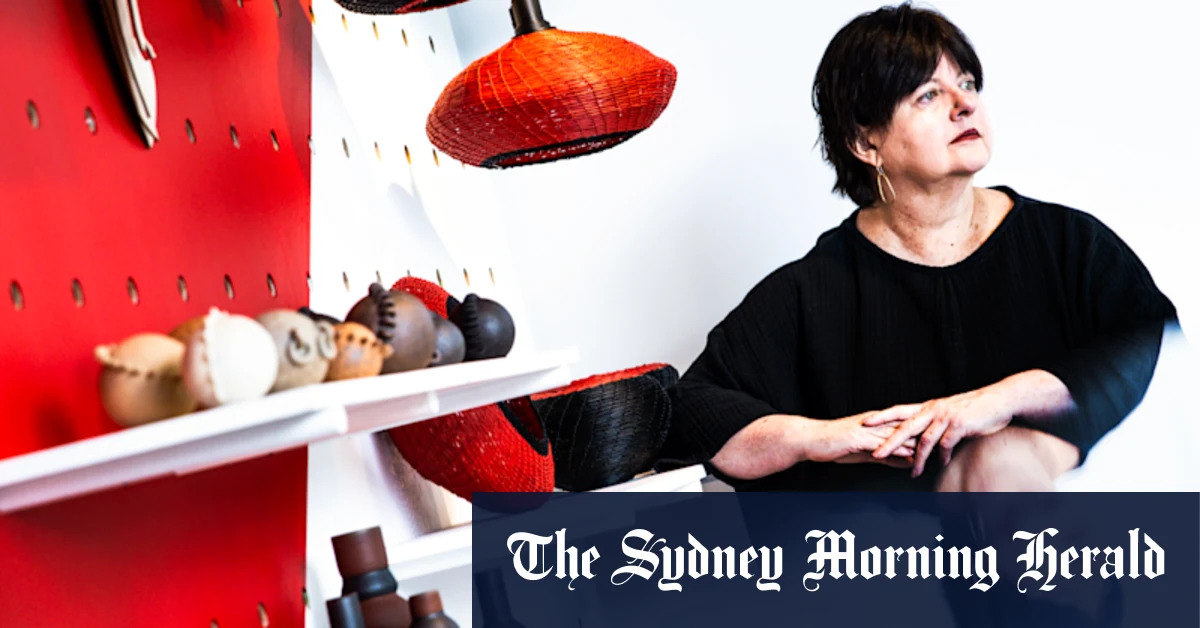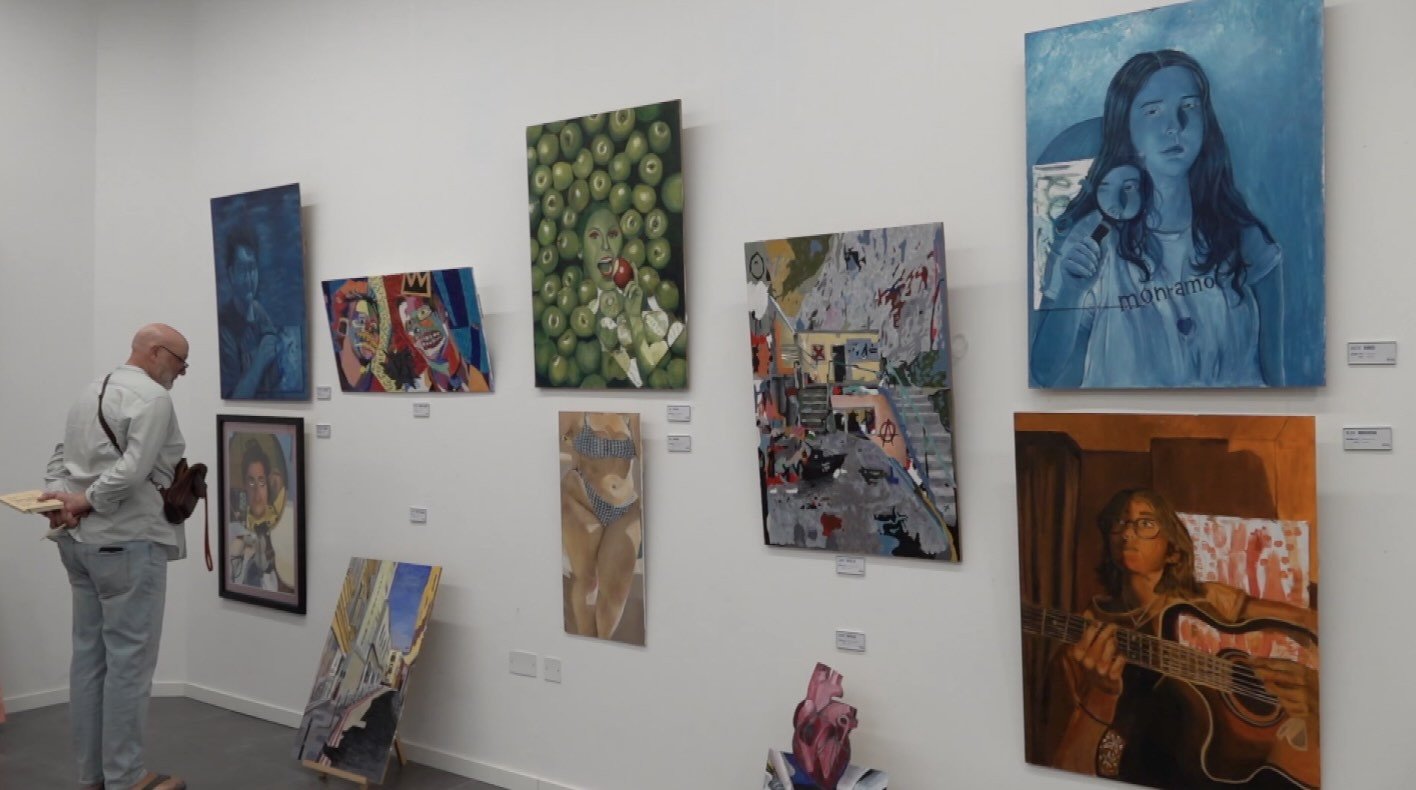American impressionist Mary Cassatt is known for her radical take on art with feminine subjects in the late 19th and early 20th centuries.
But few may have known that she was influenced by Japanese art.
A special exhibit at the Honolulu Museum of Art, called “Mary Cassatt at Work,” includes 35 pieces of Cassatt’s paintings and prints. Most of Cassatt’s artworks are on loan from the Philadelphia Museum of Art, while HoMA acquired eight.
“What ‘Mary Cassatt At Work’ is trying to do is show how she worked in a lot of different mediums,” said Alejandra Rojas Silva, HoMA’s curator of European and American art.

Archives of American Art, Smithsonian Institution
Cassatt was the only American impressionist to exhibit with the French impressionists and was one of only three women.
Impressionism originated in France in the 19th century and was characterized by paintings of daily life and landscapes done on the spot, rather than in a studio.
Cassatt focused on women performing tasks like child care, embroidery and even driving a car.
The exhibit also includes five art pieces from HoMA’s Japanese collection, which Silva said are the prints Cassatt may have seen during a 1890 exhibition at the École des Beaux-Arts in Paris that inspired her to imitate Japanese methods in her printmaking using color.
HoMA has the third largest collection of Japanese prints in the United States, with more than 12,000 pieces in its collection, according to Silva.
The Japanese art style that Cassatt witnessed at the exhibit is called ukiyo-e. The art style, which flourished during the Edo period, uses woodblock prints and vibrant colors to depict scenes of everyday life, from landscapes to people.
Woodblock printing, a technique that’s been used for centuries, is a type of printing method where designs are carved into wooden blocks, inked, and transferred onto paper or fabric.
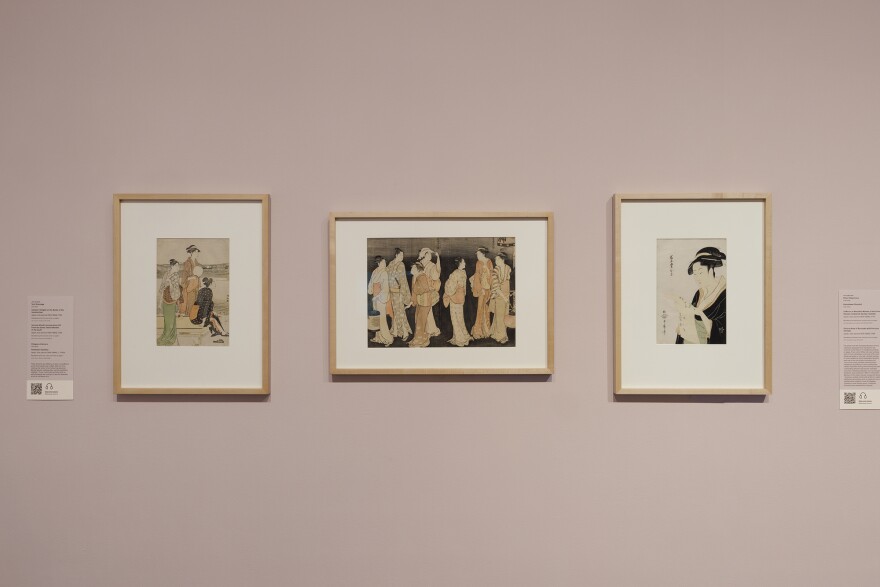
Courtesy Honolulu Museum of Art
Like Cassatt’s subject matter, the Japanese art at HoMA also centers on women at work.
Silva said Cassatt didn’t teach herself how to do woodblock printing. Instead, she used copper plates, etched the designs, and then added color.
“She’s using a fully Western printing method and tried to recreate some of the color effects,” Silva said.
Some examples in the exhibit of Cassatt imitating Japanese art methods are seen in “The Bath” and “The Letter.” One image depicts a woman sealing a letter in a floral-patterned room. Her attire is blue with intricate textiles.
Mary Cassatt’s upbringing and Parisian influence
Born in Pennsylvania, Cassatt began her artist training at the Pennsylvania Academy of Fine Arts. She was 16 years old at the time.
“It was rare for women to train there, and she was really serious about her work from the beginning,” Silva said.
Cassatt spent most of her early life in France, where she befriended French impressionist Edgar Degas. During that time, there were more renowned male impressionists such as Degas and Claude Monet.
Silva said that it might have been a difficult time for her to navigate a male-dominated field. However, Silva underscored Cassatt’s dedication to her craft.
“She couldn’t navigate the whole Parisian social life,” Silva said. “She couldn’t go into bars or parks. She was more restricted, and what she did was still show us a vision of modern life of what it meant to be both an employee and a wealthy woman in Paris and navigate those spaces in a time of intense social change.”

Courtesy Honolulu Museum of Art
Cassatt was born into an upper-middle-class family. While her father wanted her to marry and have children, Cassatt dedicated her life to being an artist.
“Her father pushed her to have her studio, her materials, her models, pay for themselves,” Silva said. “He decided, ‘I’m not giving you any more money for this hobby that you have,’ but really, she very quickly became economically successful.”
Silva described Cassatt as a savvy businesswoman. She didn’t name a lot of her artworks. Silva said that was intentional so galleries could sell her paintings.
The exhibit has also been on display in Philadelphia and San Francisco. Silva said “Mary Cassatt at Work” is a project started by the Philadelphia Museum of Art.
Curators and art historians sought to draw attention not only to her art pieces but also to Cassatt’s professional reputation.
Next year marks the centennial of Cassatt’s death. Silva said there will be many shows soon.
“There’s going to be a lot of shows that are going to focus on correcting this misunderstanding of Mary Cassatt, but to the lack of attention that she’s received,” Silva said. “Hopefully, when we talk about impressionists in the future, we will consider her on par with her male counterparts.”
The exhibit will be on display at HoMA until Oct. 12.
Hawaiʻi Public Radio exists to serve all of Hawai’i, and it’s the people of Hawai’i who keep us independent and strong. Help keep us strong to serve you in the future. Donate today.

